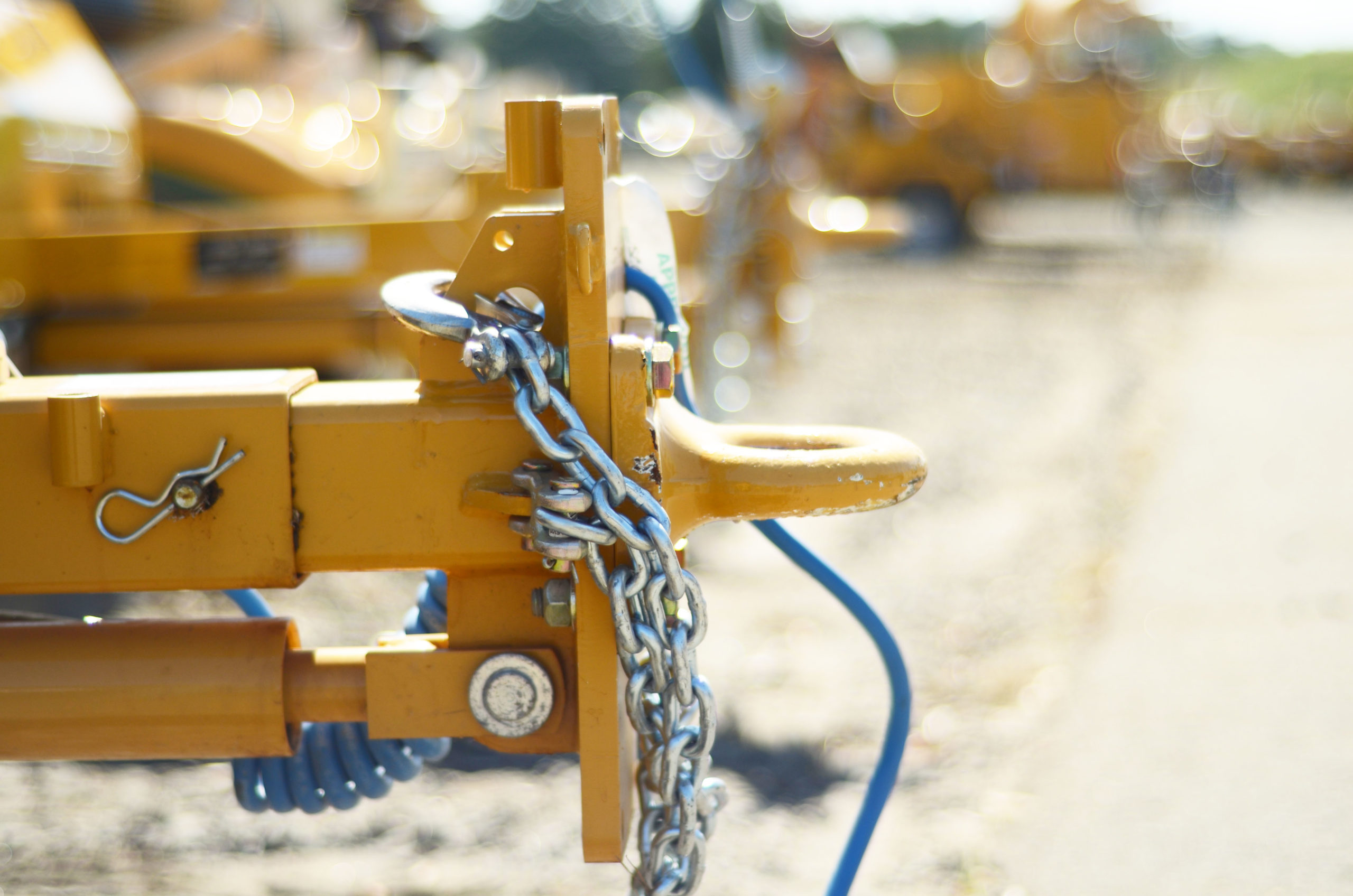Article provided courtesy of North American Training Solutions
It was a Friday; the end of a long, hot week that started with four large removals: two sugar maples, an oak and a hickory. The work had gone well, although it had been painstaking. The brush was chipped and the logs loaded and taken to either the mill or disposal area, hence the stump cutter we were trailering to the site. This was to be the final stage: grind and backfill, then it was the weekend.
Nearly at the jobsite, drifting slowly over a speed bump, the tow-behind stump cutter came unhooked and slammed into the back of the tow vehicle. The excuses abounded, but none were good. Like all excuses, they were just that, excuses.
Hooking and unhooking trailers is as common as coiling rope to an arborist. Chippers, mini skid steers, stump cutters or any number of tools or accessories get towed. Trailering to the jobsite becomes second nature. As with any activity, proper hookup and inspection are critical to safety and productivity.

Begin with the basics. Is the trailer registered with local governments and deemed legal for towing? Are all necessary plates and/or documents present on the trailer or in the tow vehicle?
Next, is the trailer in good working order? Take the time to regularly inspect for loose or broken fenders, tailgates and lights. A second person may be required to check and make sure brake, marker, tail and turn signal lights function properly. Inspect the tires for wear, ensure the lug nuts are properly torqued and the tires are inflated to proper inflation pressure. Check the tongue for excessive rust or weld cracks and that all safety pins are present and ready to be used.
Check the load. Is the trailer capable of transporting the weight in a safe manner? Overloaded trailers tow poorly, are unsafe and can result in a fine, or worse, an accident. Also make sure the load is secured and balanced. Excessive rear weight can cause towing problems as well as excessive tongue weight. A properly balanced trailer eliminates sway when moving and will brake more evenly behind the tow vehicle.
When hooking the trailer to the tow vehicle, be sure to attach all safety chains, electrical hookups and hitch components. It is always best if just one person — namely the driver — does this, then another person double checks. Always fully hook up a trailer, even if only moving a few feet. This ensures that proper connections are always made in all circumstances.
After a few tense moments and a profuse apology, my stump cutter was deemed none the worse for wear and safe to tow. The bumper and tailgate of the truck were in worse shape, but the truck was still functional. It seems in my haste that morning, I never locked the receiver. The trailer had been just waiting to bounce off during the 10-mile (16.1 km) tow. This was an all-too-preventable accident that proper procedure could have easily averted.
